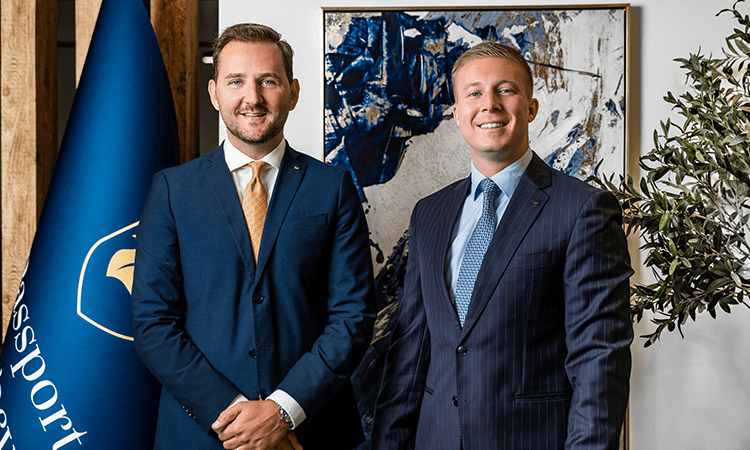Want a stronger second passport? Here’s how to pursue residency and citizenship through investments
Metro Manila (CNN Philippines) — Ever dreamed of getting a stronger passport so you can travel to more countries around the world without applying for a visa?
Beginning in 2024, investment migration advisory firm Passport Legacy will be setting up its representative office to help Filipinos secure a second passport in another country through investments.
“People generally try to obtain a second residency or citizenship in order for their children to have access to better education, have a plan B in the pocket in case anything happens in their home country, or they’re just looking for a way to travel visa-free around the globe for business or vacation purpose,” explained Jeffrey Henseler, CEO & Founder of Passport Legacy.
Passport Legacy said it helps clients through the process which takes between three and 12 months, depending on the program. “We charge a fee that varies between $15,000 to $30,000 depending on the family size, the program, and the length of the process itself,” said Daniel Duric, Managing Director of Passport Legacy.

In photo (L-R): Daniel Duric - Managing Director of Passport Legacy; Jeffrey Henseler - CEO & Founder of Passport Legacy. Photo from Passport Legacy
As for the costs of investments, a Filipino who wants to invest in a second passport will need to spend the minimum amount of $100,000. “And these are countries in the Caribbean, located south of Florida. In countries like Saint Lucia, for example, [a] $100,000 investment grants you a second passport,” Duric explained.
The investment requirement can change over time. This is why an advisory firm like Passport Legacy can help their clients get the facts straight. “The one of Jeffrey's is a Saint Kitts and Nevis passport, he obtained it few years ago when it was only $150,000. However, a few months ago, the government of the country has decided to increase it to $250,000,” Duric added.
The Filipino passport currently grants visa-free travel or visa-on-arrival to only 66 countries out of the 227 destinations Filipinos can travel to.
So what happens when a Filipino gets a Caribbean passport through investments?
“You move usually up to 35th place, but that immediately grants you visa-free access to the Schengen area (Austria, Belgium, Czech Republic, Croatia, Denmark, Estonia, Finland, France, Germany, Greece, Hungary, Iceland, Italy, Latvia, Liechtenstein, Lithuania, Luxembourg, Malta, Netherlands, Norway, Poland, Portugal, Slovakia, Slovenia, Spain, Sweden, and Switzerland), for example, to the UK, to Singapore, to Hong Kong, and to many other nations that certain people may need to travel to, not only for vacation but especially for business purposes,” Henseler said.
Interested clients can contact Passport Legacy via its website passportlegacy.com and @passportlegacyasia on Instagram.




.jpg/jcr:content.jpg?width=750&height=468&crop:1:1,smart)